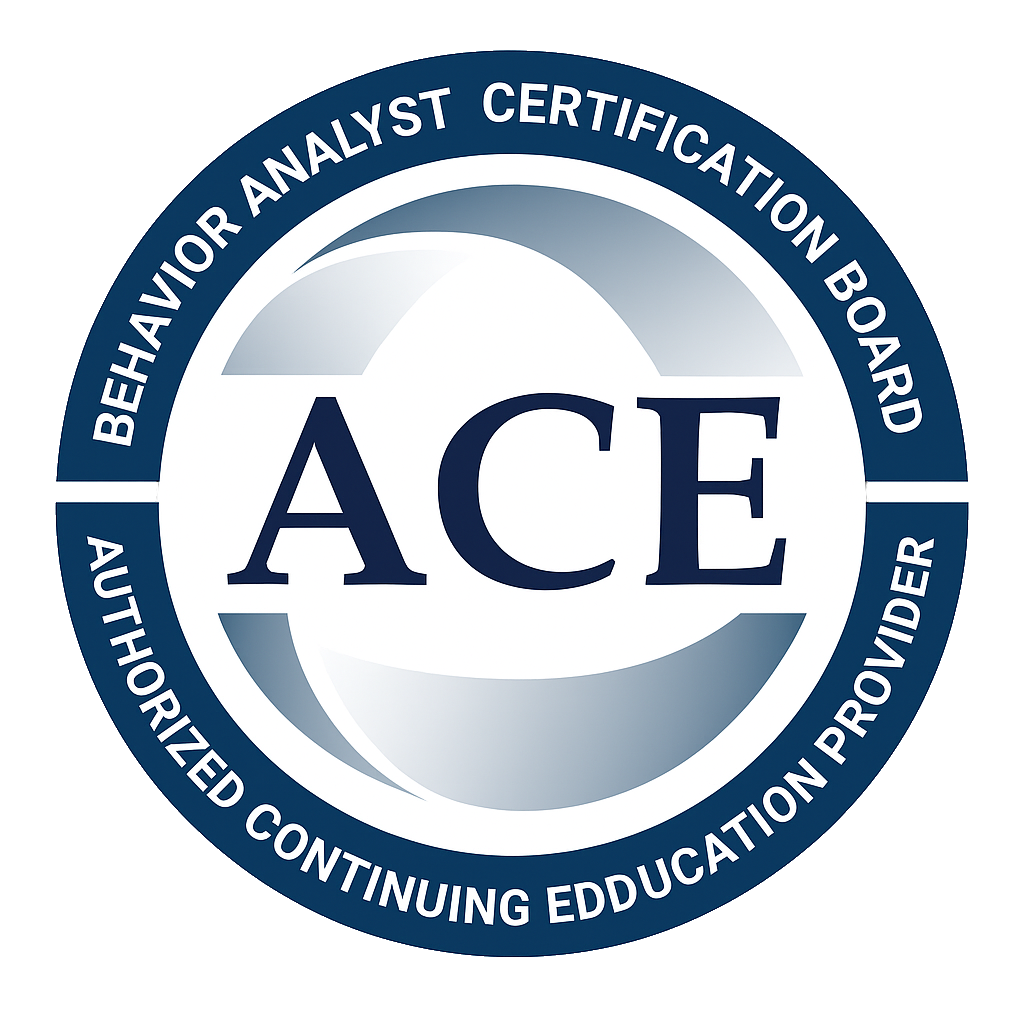Crisis Support Hotlines
If you or someone you know is in crisis or needs immediate support, please contact one of the following 24/7 hotlines:


Arizona Office Acredited Organization
American Behavioral Solutions All rights reserved.
